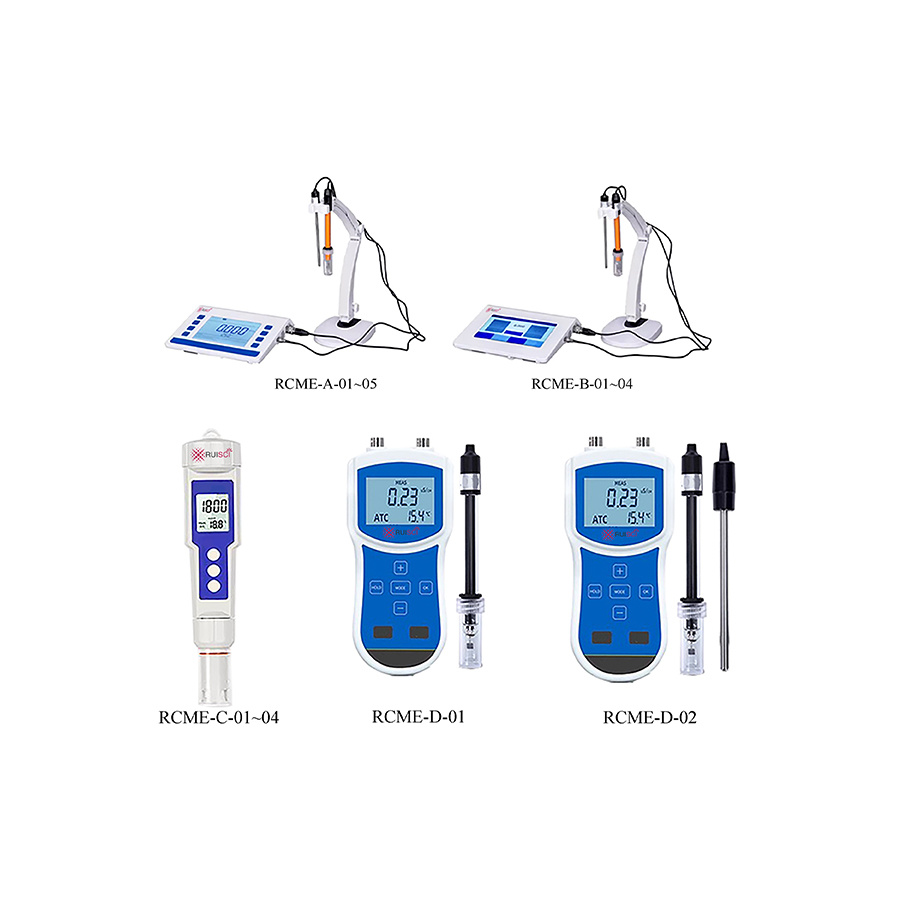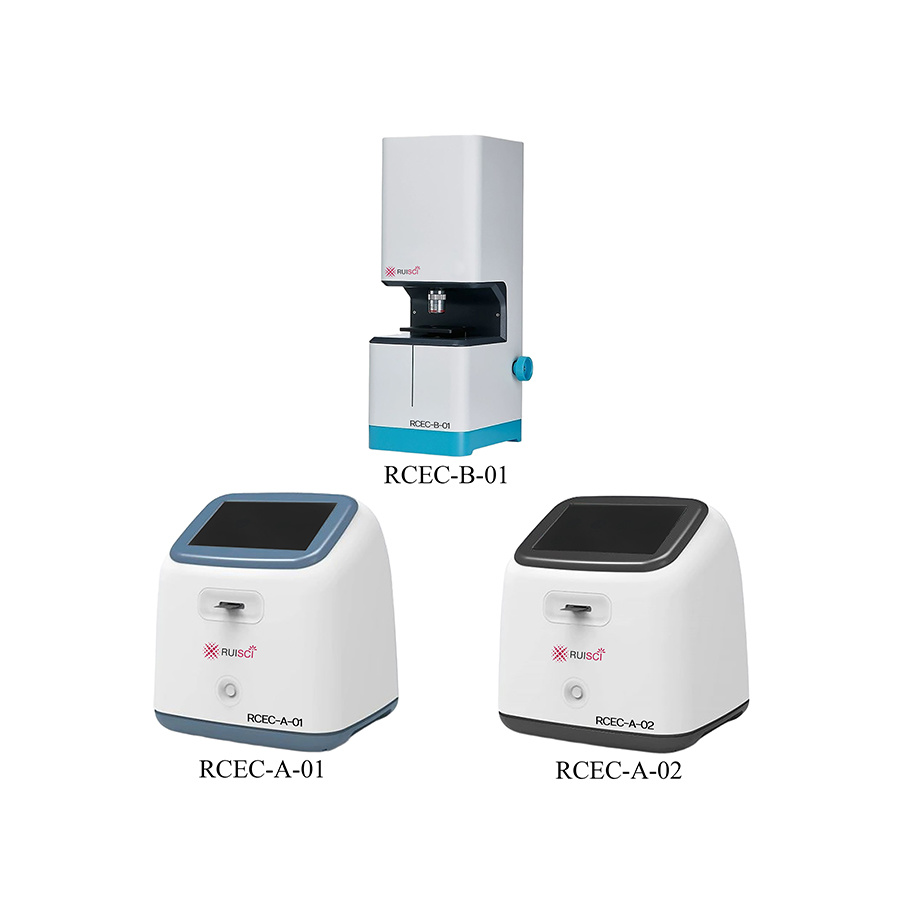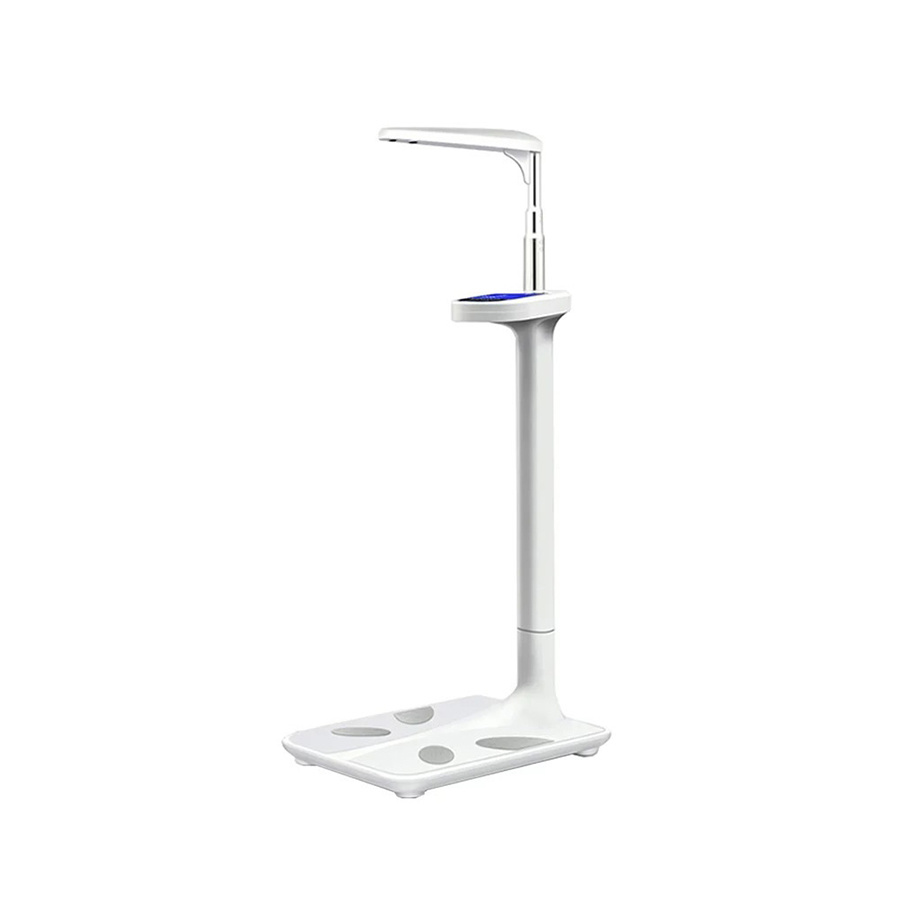Quality Assured
Just Buy It
- Comparison
- 在线预约
- 预约申请
- 样品申请
- 在线询价
Ion Meter
Ion Meter
RMET-A

Brand:
RUISCI
-
Click to select
- RMET-A-01,0.00~9.00 pNa
- RMET-A-02,0.00~6.00 pF
- RMET-A-03,0.00~6.00 pCL
- RMET-A-04,0.00~6.00 pK
- RMET-A-05,0.00~6.00 pCa
- RMET-A-06,0.00~5.00 pNH4+
- RMET-A-07,0.00~14.00 pH
- RMET-A-08,2.00~4.40 pCO4
- RMET-A-09,2.00~4.40 pHCO3
- RMET-A-10,2.00~4.40 pCO2
- RMET-A-11,2.00~7.00 pI
- RMET-A-12,0.00~6.00 pCd
Inventory
2016
隐藏域元素占位
Overview
The Ion Meter is designed to measure the ionic content in aqueous solutions. It is widely applicable in colleges and universities, research institutions, petrochemical industries,microelectronics sectors, and other fields for determining ion concentrationor activityin natural water, industrial wastewater, and other aqueous samples.
Features
1.Microcontroller-based designfor simplified operation and intuitive digital displaywith precise readings.
2.Dual temperature compensation modes:automatic temperature compensationactivates when connected to a temperature electrode, displaying real-time temperature values;manual temperature compensationmode allows users to set and display custom temperature values when no electrode is connected.
3.Multi-parameter display modesincluding pX value,mV, and ion concentration(unit options: mg/L, g/L).
Technical data

Operating Conditions:
1.Ambient temperature: 5~40 ℃
2.Relative humidity: ≤ 80%
3.Free from magnetic field interference except for the Earth's magnetic field
4.Free from significant vibration
Precautions:
1.Calibrate using standard solutions from low to high concentration after each startup or prolonged storage.
2.Rinse the electrode with deionized water before and after measurement to prevent contamination.
3.Fully immerse the electrode and allow it to stabilize before recording. Avoid vibration and electromagnetic interference.
4.Record the solution temperature. Enable temperature compensation if necessary to avoid errors caused by temperature fluctuations.
keyword:
Ion Meter
Portable Multi-Parameter Water Quality Tester
- 产品描述
- 概要参数
- 技术参数
-
- Brand: RUISCI
- Commodity name: Ion Meter
- Subtitle: Ion Meter
- Model: RMET-A
- 全部型号: RMET-A-01,RMET-A-02,RMET-A-03,RMET-A-04,RMET-A-05,RMET-A-06,RMET-A-07,RMET-A-08,RMET-A-09,RMET-A-10,RMET-A-11,RMET-A-12,Ion Meter,Portable Multi-Parameter Water Quality Tester
The Ion Meter is designed to measure the ionic content in aqueous solutions.
The Ion Meter is designed to measure the ionic content in aqueous solutions. It is widely applicable in colleges and universities, research institutions, petrochemical industries,microelectronics sectors, and other fields for determining ion concentrationor activityin natural water, industrial wastewater, and other aqueous samples.
-
1.Microcontroller-based designfor simplified operation and intuitive digital displaywith precise readings.
2.Dual temperature compensation modes:automatic temperature compensationactivates when connected to a temperature electrode, displaying real-time temperature values;manual temperature compensationmode allows users to set and display custom temperature values when no electrode is connected.
3.Multi-parameter display modesincluding pX value,mV, and ion concentration(unit options: mg/L, g/L). -

Operating Conditions:
1.Ambient temperature: 5~40 ℃
2.Relative humidity: ≤ 80%
3.Free from magnetic field interference except for the Earth's magnetic field
4.Free from significant vibrationPrecautions:
1.Calibrate using standard solutions from low to high concentration after each startup or prolonged storage.
2.Rinse the electrode with deionized water before and after measurement to prevent contamination.
3.Fully immerse the electrode and allow it to stabilize before recording. Avoid vibration and electromagnetic interference.
4.Record the solution temperature. Enable temperature compensation if necessary to avoid errors caused by temperature fluctuations.
Q and A
Q
Distribution Modes:
A
Default Distribution Mode: EXW China Factory: After your payment is received, our customer service will contact you to confirm the pickup time and location once the goods are ready at the RUISCI China factory.
*Other options:
1.Carriage Paid To (CPT)
DO NOT PAY until you have contacted customer service to add shipping costs, as the default price is EXW China factory.
2.Delivered Duty Paid(DDP)
DO NOT PAY until you have ·contacted customer service to add Freight, insurance, taxes, customs clearance fees, and other miscellaneous expenses, as the default price is EXW China factory. Typically applies exclusively to small air cargo packages.
3. FOB China main port
DO NOT PAY until you have contacted customer service to add the inland charges and export declaration charges, as the default price is EXW China factory.
*** If you still need to consult other distribution modes or trade terms, please contact our customer service directly
Q
Payment methods:
A
1. On-line payment: Paypal
2. Off-line payment: Telegraphic Transfer (TT)
*All charges, except those incurred within our bank, are to be borne by the remitter. Insufficient payment will delay your shipment.
Download
There is currently no content to display
Related products
Online consultation








